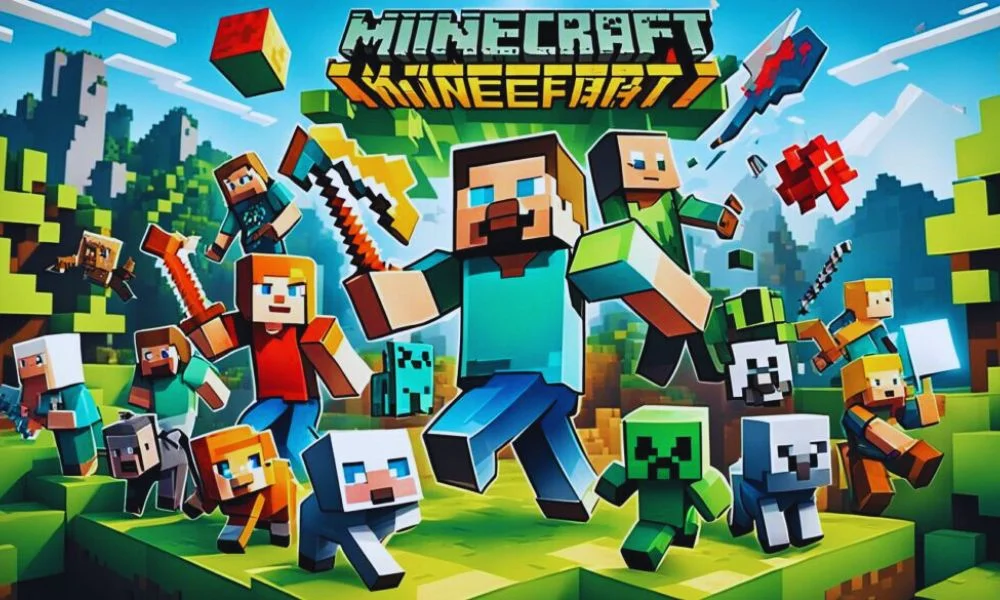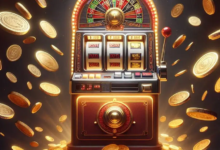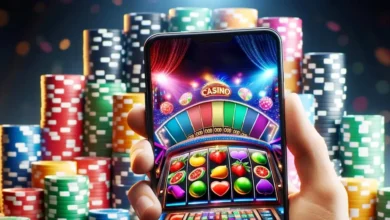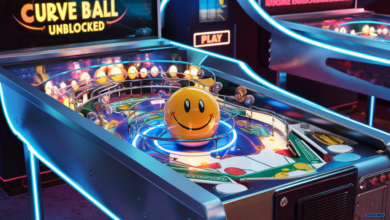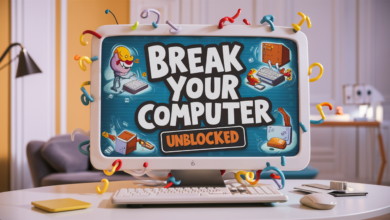Minecraft (2009) game icons banners, the iconic sandbox video game released in 2009, has grown to become one of the most successful and influential games in the history of gaming. Its impact extends far beyond just its gameplay, as it has sparked a vibrant and creative community that has generated countless fan-made mods, skins, and custom content. One important aspect of this fan-driven creativity is the use of game icons and banners, which serve as a way to visually represent the world of Minecraft both in-game and in the wider community. In this article, we explore the significance of Minecraft (2009), its iconic game elements, and how game icons and banners have evolved into an integral part of the Minecraft experience.
The Birth of Minecraft: A Brief Overview
Minecraft was originally developed by Markus “Notch” Persson, a Swedish game designer, and was first released in its alpha version in May 2009. Initially a small indie project, Minecraft’s unique blend of exploration, crafting, and survival gameplay quickly attracted a large fanbase. The game’s blocky, pixelated graphics were a stark departure from the highly detailed, realistic visuals common in other games at the time. However, this minimalist art style became a major part of the game’s charm, and it provided players with the freedom to create Minecraft (2009) game icons banners and build their own virtual worlds.
Minecraft’s appeal lies in its open-ended gameplay and the ability to interact with the environment in a way that few other games allow. Players can explore vast landscapes, gather resources, craft tools, and build structures, all while defending themselves from hostile mobs like zombies and skeletons. Over time, the game has expanded to include various modes such as Creative Mode, where players have unlimited resources to build without fear of enemy attacks, and Survival Mode, where resource management and combat become crucial to survival.
Minecraft’s Iconic Game Elements
Minecraft’s simplicity and freedom are reflected in its iconic game elements, including the game’s logo, characters, and environment. The Minecraft logo, with its blocky letters and pixelated aesthetic, has become synonymous with the game itself. This logo, often seen in various promotional materials, merchandise, and mods, is a visual representation of the game’s core design principles—block-based, simple, and infinitely customizable.
In addition to the logo, several in-game elements have become iconic over the years. The game’s protagonist, known as Steve, is perhaps the most recognizable character in the Minecraft universe. With his simple blue shirt and pants, Steve is an avatar that players can control to navigate the world of Minecraft. Over the years, however, the Minecraft community has created countless custom skins, allowing players to modify Steve’s appearance to suit their personal preferences. These skins, made from pixelated textures, showcase the creativity of Minecraft players and have become a staple of the game’s culture.
One of the most significant aspects of Minecraft’s design is the game’s use of blocks. Every element of the game, from the terrain to the structures, is made up of blocks that can be placed or broken by the player. These blocks, such as dirt, stone, wood, and diamond, form the building blocks of the Minecraft world and are essential to the game’s crafting system. The iconic blocky design is not only a key visual element of the game but also a symbol of Minecraft’s endless creative potential.
The Role of Icons in Minecraft
Icons are an essential part of the Minecraft experience, helping to represent various aspects of the game in a way that is easily recognizable and accessible to players. These game icons, often featured in the game’s user interface (UI) and menus, are used to represent items, tools, and gameplay mechanics. For example, the iconic sword icon represents a weapon, while the pickaxe icon represents a tool for mining resources. These icons are simple yet effective, offering players a quick and intuitive way to understand the game’s mechanics without being overwhelmed by complex graphics or jargon.
In the broader Minecraft community, custom icons have become a way for players to express their creativity and showcase their in-game achievements. Many Minecraft servers, for instance, use custom icons to represent different ranks, achievements, or special events. These icons can be used as profile pictures, avatars, or in promotional materials for Minecraft-related content, contributing to the game’s vibrant online culture.
In addition to in-game icons, the Minecraft community has also embraced the use of game-related icons in the context of fan art, merchandise, and branding. The game’s pixelated art style lends itself well to creating unique, retro-inspired icons that resonate with fans. These custom icons often feature familiar Minecraft elements, such as Creepers, Endermen, or the iconic crafting table, and are used across a variety of platforms, including social media, websites, and merchandise like t-shirts and posters.
Minecraft Banners: A Creative Expression
One of the most unique and creative aspects of Minecraft is the ability to design and display custom banners in-game. Banners are decorative items that players can craft using wool and sticks, and they can be customized with a variety of patterns and colors. These banners serve as a form of self-expression and offer players the opportunity to showcase their creativity within the game.
The process of creating a custom banner is relatively straightforward, thanks to Minecraft’s crafting system. Players can combine different dyes and patterns to create intricate designs that reflect their personal style or interests. Whether it’s a simple striped design, a complex geometric pattern, or a custom logo, the possibilities for banner designs are virtually endless. Once created, players can place these banners in various locations, such as on walls, towers, or ships, to add a unique visual flair to their builds.
Banners have also become an integral part of the Minecraft multiplayer experience. Many Minecraft servers use banners to represent factions, clans, or teams, with each group having its own distinct banner design. These banners serve as a symbol of identity and pride, and they can be displayed in various locations on the server to signify territory or allegiance. For example, a faction may use a custom banner with a specific design to mark the entrance to its base or fortifications, serving as a visual marker for both allies and enemies.
Additionally, banners have been used in Minecraft’s in-game events and competitions, where players are often tasked with creating unique banner designs as part of a challenge or contest. These events not only encourage creativity but also foster a sense of community, as players share their designs and ideas with one another.
The Evolution of Game Icons and Banners
As Minecraft has evolved over the years, so too have its game icons and banners. The game’s developers at Mojang have continuously updated the game, adding new features, blocks, and mechanics that have influenced the way icons and banners are used. For example, with the introduction of new mobs, items, and biomes, new icons have been added to the game to represent these elements. Similarly, as new textures and crafting recipes have been introduced, banners have been updated to reflect the expanding diversity of Minecraft’s world.
One notable update in the game’s history was the addition of banner crafting in Minecraft 1.8, which introduced the ability to create custom banners with intricate designs. This update significantly expanded the creative possibilities for players, allowing them to express themselves in new ways through their banner designs. The update also introduced new icons for various blocks and items, further enriching the visual language of the game.
Over time, the Minecraft community has continued to innovate, creating custom icons and banners that showcase the creativity and passion of the Minecraft (2009) game icons banners player base. Many fan-made mods and texture packs feature custom icons and banner designs, offering players even more ways to personalize their game experience. These community-driven contributions help keep the Minecraft universe fresh and dynamic, ensuring that the game remains relevant and exciting for players of all ages.
Conclusion
Minecraft (2009) is a game that has captured the hearts of millions of players worldwide with its blend of creativity, exploration, and survival mechanics. Game icons and banners, two of the game’s most iconic visual elements, have played a significant role in shaping the game’s identity and enhancing the player experience. Through custom icons and banners, Minecraft players can express themselves, showcase their achievements, and create unique designs that add a personal touch to the game world.
